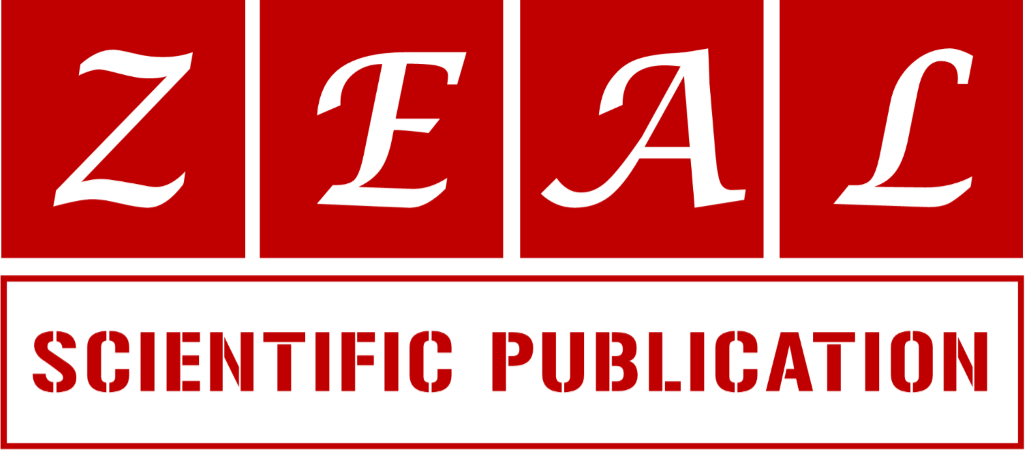Efficacy of two contact lens disinfecting solutions in reducing growth rate of bacteria and eradication of biofilms
Faculty of Pharmacy, Isra University, Amman, Jordan.
Research Article
World Journal of Biological and Pharmaceutical Research, 2023, 04(01), 016–023.
Article DOI: 10.53346/wjbpr.2023.4.1.0048
Publication history:
Received on 28 January 2023; revised on 11 March 2023; accepted on 14 March 2023
Abstract:
Efficacy of two types of contact lens disinfecting (CLD) solutions, most frequently purchased from Jordanian pharmacies by contact lens wearers, was investigated for reducing growth rate of methicillin resistant and methicillin sensitive Staphylococcus aureus, Serratia marcesence, S. liquefacience and Acinetobacter spp., previously isolated from In-use disinfecting solutions in CL cases. Each species was cultured in a clean and dirty conditions (to mimic real situation) of two fresh CLD solutions separately: A and B whose active agents are: Polyhexamethylene biguanide hydrochloride and Polyaminopropyl biguanide respectively. Log reduction of these bacteria have exceeded ISO 14729 acceptable criteria (3 log) and reached up to 5 log reduction. Dirty conditions have marked effect in reducing efficacy of CLD solution (A) to kill bacterial species under test. Biofilms produced by S. marcescens and S. liquefaciens were reduced by more than 50% after 24 hrs. using either CLD solutions, though it was less than that reduced after 4 hrs. Biofilm of methicillin resistant Staphylococcus aureus (MRSA) was the most affected by either CLD solutions after 4 hours. This study concluded that CL wearers should pay great consideration to cleaning and disinfection practices to decrease bacterial growth, reduce chances of biofilm formation.
Keywords:
Contact lenses (CLs); Disinfecting solutions; Biofilm eradication; Growth reduction; MRSA
Full text article in PDF:
Copyright information:
Copyright © 2023 Author(s) retain the copyright of this article. This article is published under the terms of the Creative Commons Attribution Liscense 4.0
